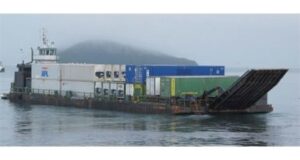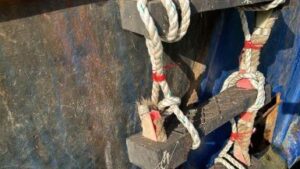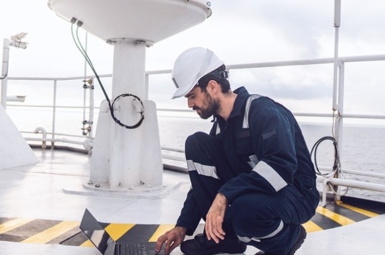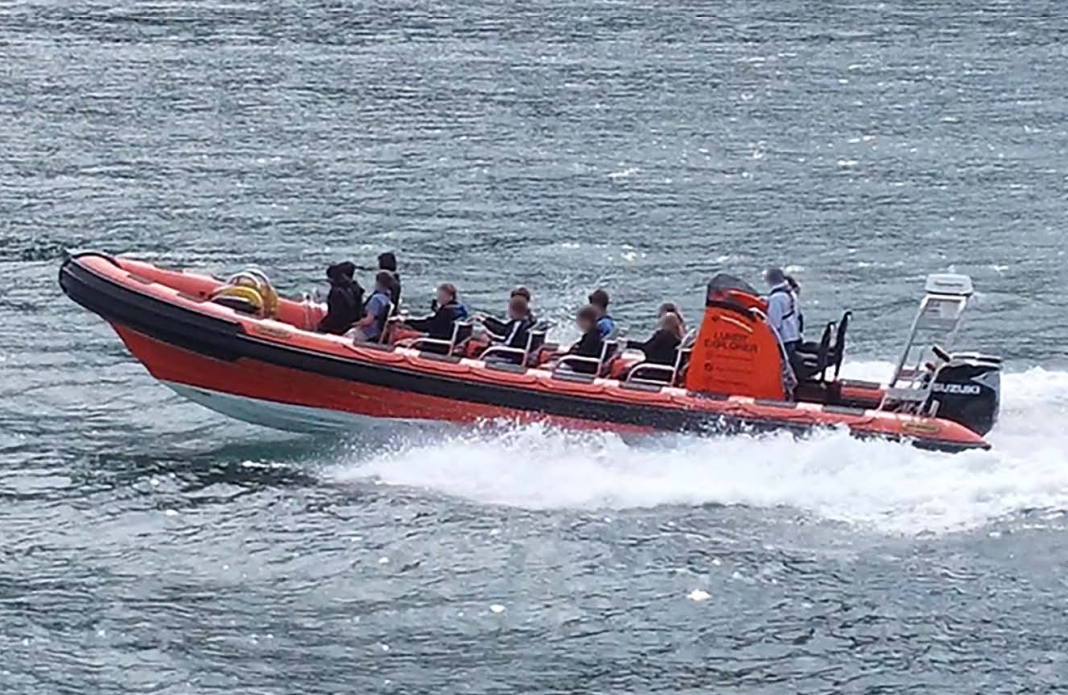
On 9 August 2024, a major explosion occurred aboard the container vessel YM Mobility at the Beilun Second Container Terminal in Ningbo-Zhoushan, China. The explosion originated from a container near the bow, loaded with dangerous goods. Although declared by the shipper as a reefer container used as a substitute for a dry container, it was not connected to a power supply. The incident resulted in an estimated economic loss of approximately CNY 90 million (US$13 million). Continue reading “China MSA releases report into explosion onboard the YM Mobility”










